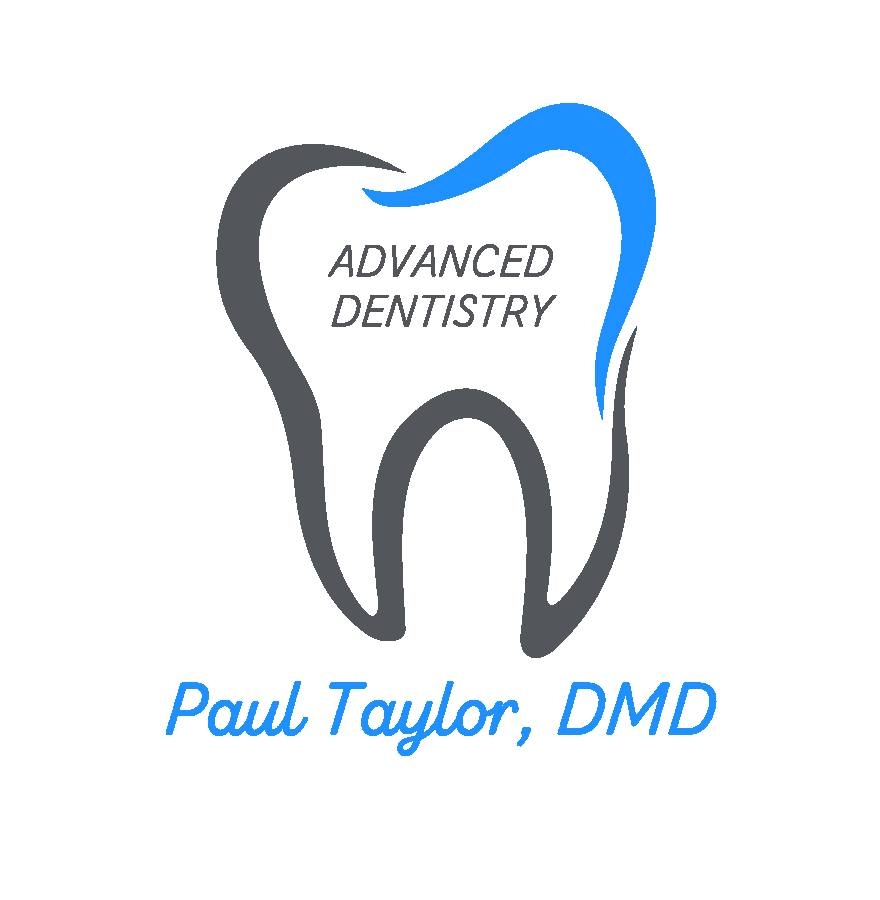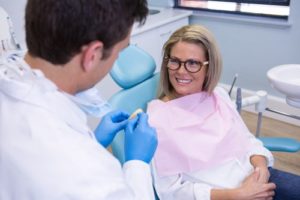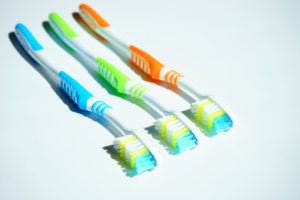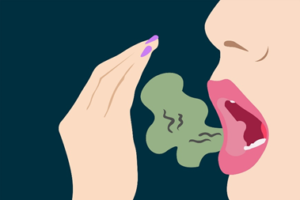Dentist Near Me

Discomfort and pain in your jaw, clicking while you talk or chew, and swelling on the sides of your face can be caused by Temporomandibular Joint Disorder (TMD). TMD can make talking and eating both painful and uncomfortable. Our team understands how TMD can make your day a challenge. We’ve compiled a list of helpful tips for managing TMD discomfort, but also encourage you to schedule a visit to see us for a full evaluation.
Finding Relief at Home
If your jaw is swollen, try applying a cold compress to your face. We recommend holding the compress in place for about 10 minutes. If you are able, try a few gentle jaw stretches. After the cold compress, apply warm, moist heat to the same area. You can keep this warm compress in place for an additional 5 to 10 minutes.
If your discomfort is particularly noticeable, try over-the-counter pain relievers such as nonsteroidal anti-inflammatory drugs (NSAIDs) or ibuprofen. If you find yourself taking pain relieving medications daily, please contact us immediately.
The “Don’ts” of TMD
Applying excess pressure to your jaw can make your TMD discomfort worse. Don’t use your hand as a rest for your chin, as doing so increases the amount of pressure and strain placed on your jaw. If you talk on the phone frequently, avoid holding the phone on your shoulder while bending your neck to keep it in place.
Clenching your jaw and keeping your teeth tightly closed can also lead to a build-up of pressure in the jaw. During the day, try to keep your teeth from touching. By create a little space between your teeth, you will be relieving pressure from your jaw.
Contact Us
Our team is here to help you. Schedule a consultation with our dentist to learn more about the solutions available for people just like you dealing with TMD discomfort. We will provide a thorough examination to determine the best course of treatment for your TMD.
Relief may be closer than you think. Contact our dental team to learn more today.
4320 Genesee Ave.,
Suite 101, San Diego, CA 92117
Phone: (858) 496-7521




 Teeth grinding, known as bruxism, is a habit many get into without even realizing it. Grinding your teeth can be damaging for several reasons. If you or your child have been struggling with teeth grinding, make an appointment to see us. We will assess the damage to the teeth, as well as assist you in addressing solutions. Here’s what you need to know about teeth grinding.
Teeth grinding, known as bruxism, is a habit many get into without even realizing it. Grinding your teeth can be damaging for several reasons. If you or your child have been struggling with teeth grinding, make an appointment to see us. We will assess the damage to the teeth, as well as assist you in addressing solutions. Here’s what you need to know about teeth grinding. Our dental team is pleased to provide high-quality removable dentures to new and existing patients who have experienced the loss of some or all of their teeth. These dentures are custom-crafted to fit the individual patient’s mouth and specific tooth replacement needs. They provide both a cosmetic and functional replacement solution for tooth loss.
Our dental team is pleased to provide high-quality removable dentures to new and existing patients who have experienced the loss of some or all of their teeth. These dentures are custom-crafted to fit the individual patient’s mouth and specific tooth replacement needs. They provide both a cosmetic and functional replacement solution for tooth loss. Whether you’re a new patient yourself or referring a friend or family member to our office, we know that it can be stressful to wonder just what to expect during the first visit with us. We want our new patients to be able to relax and feel confident about their choice of dental home. To that end, please review or share this description of our initial appointment.
Whether you’re a new patient yourself or referring a friend or family member to our office, we know that it can be stressful to wonder just what to expect during the first visit with us. We want our new patients to be able to relax and feel confident about their choice of dental home. To that end, please review or share this description of our initial appointment. Nearly everyone has at least one habit that they wish they could break. Did you know that some of them can affect your oral health? Here are a few common habits and tips for how to break them.
Nearly everyone has at least one habit that they wish they could break. Did you know that some of them can affect your oral health? Here are a few common habits and tips for how to break them. Do you ever think about your toothbrush? You use it twice a day, but how much do you know about it? We’ve compiled a list of interesting toothbrush facts. The next time you brush, consider these bits of trivia.
Do you ever think about your toothbrush? You use it twice a day, but how much do you know about it? We’ve compiled a list of interesting toothbrush facts. The next time you brush, consider these bits of trivia. Due to the anxiety or embarrassment it can cause, halitosis – or bad breath – can be difficult for many people to face. However, clean-smelling breath may be easier than you think. Try these solutions to overcome halitosis and regain your confidence.
Due to the anxiety or embarrassment it can cause, halitosis – or bad breath – can be difficult for many people to face. However, clean-smelling breath may be easier than you think. Try these solutions to overcome halitosis and regain your confidence. Calcium is an important mineral for building strong, healthy teeth, but not everyone can tolerate the lactose found in dairy. Lactose is a sugar found in milk and other dairy products. About 65% of people have reduced ability to process lactose past infancy.
Calcium is an important mineral for building strong, healthy teeth, but not everyone can tolerate the lactose found in dairy. Lactose is a sugar found in milk and other dairy products. About 65% of people have reduced ability to process lactose past infancy.